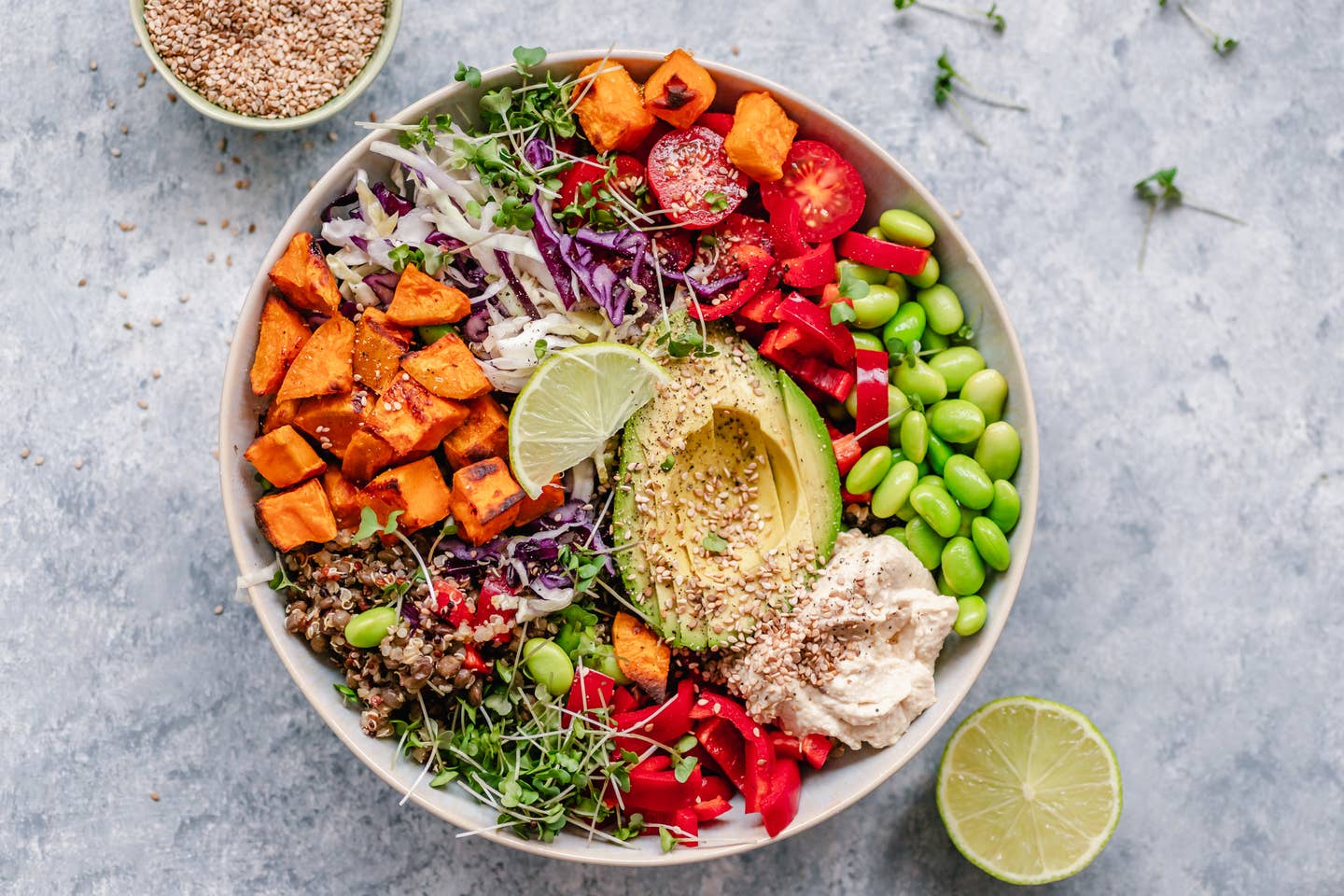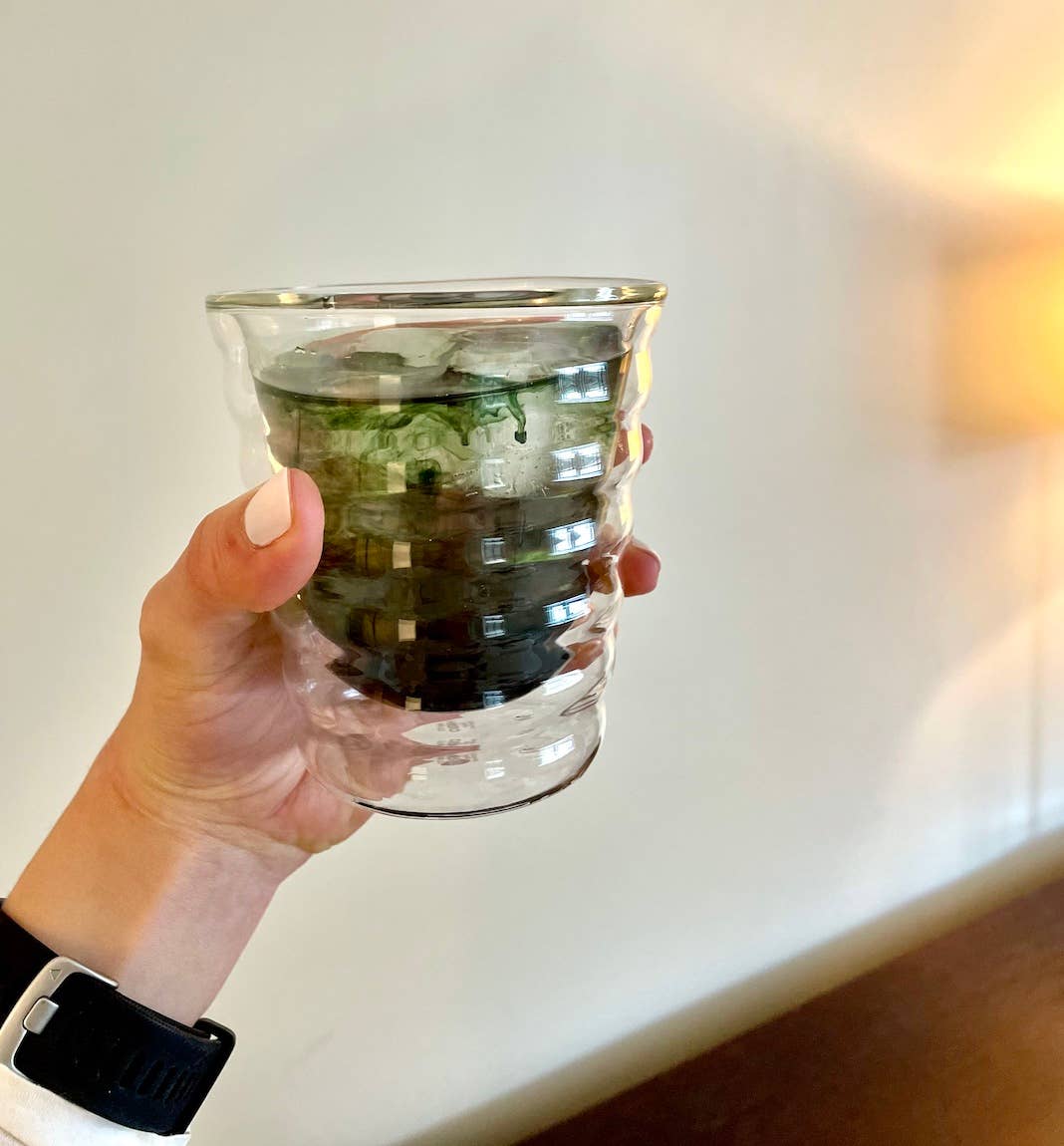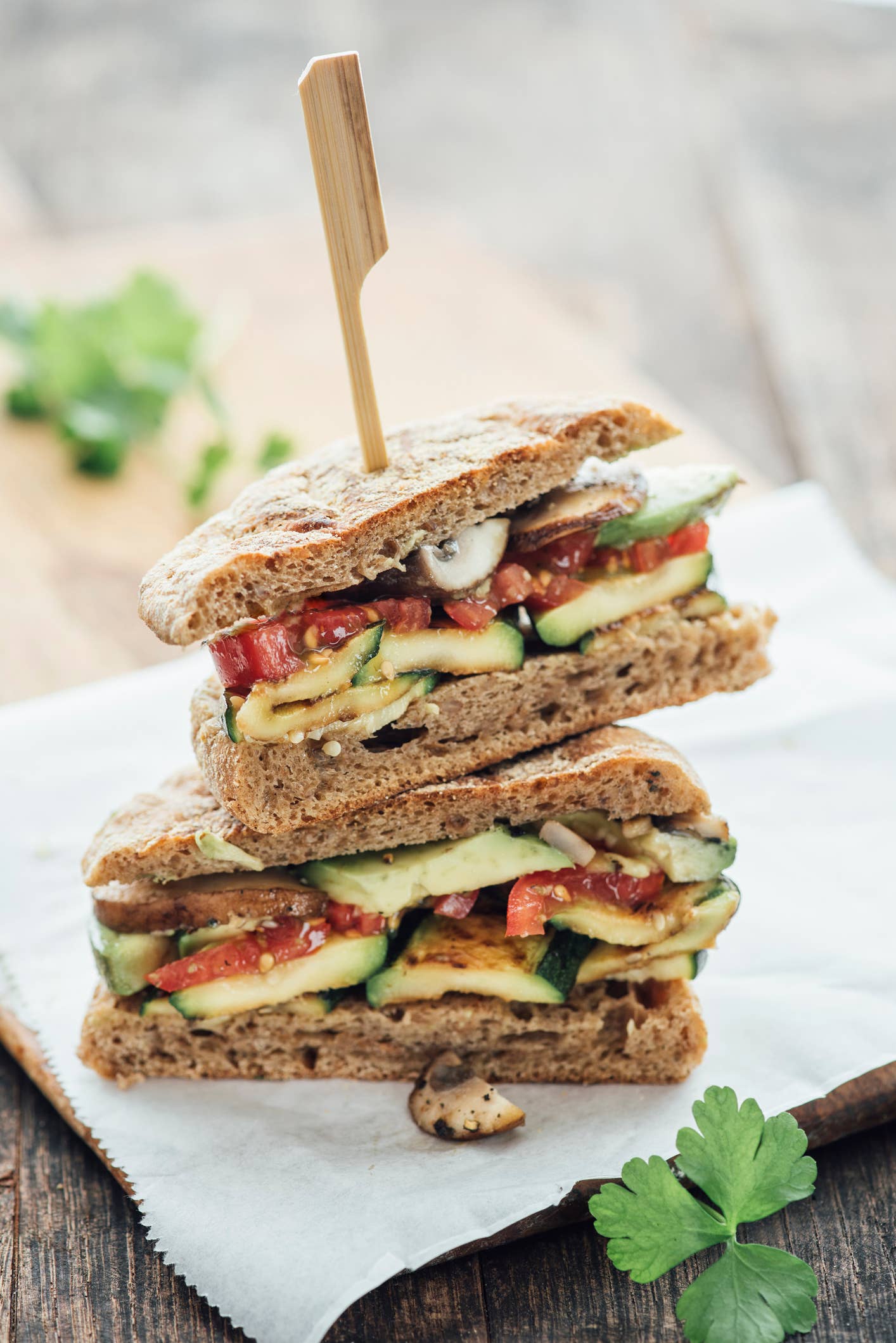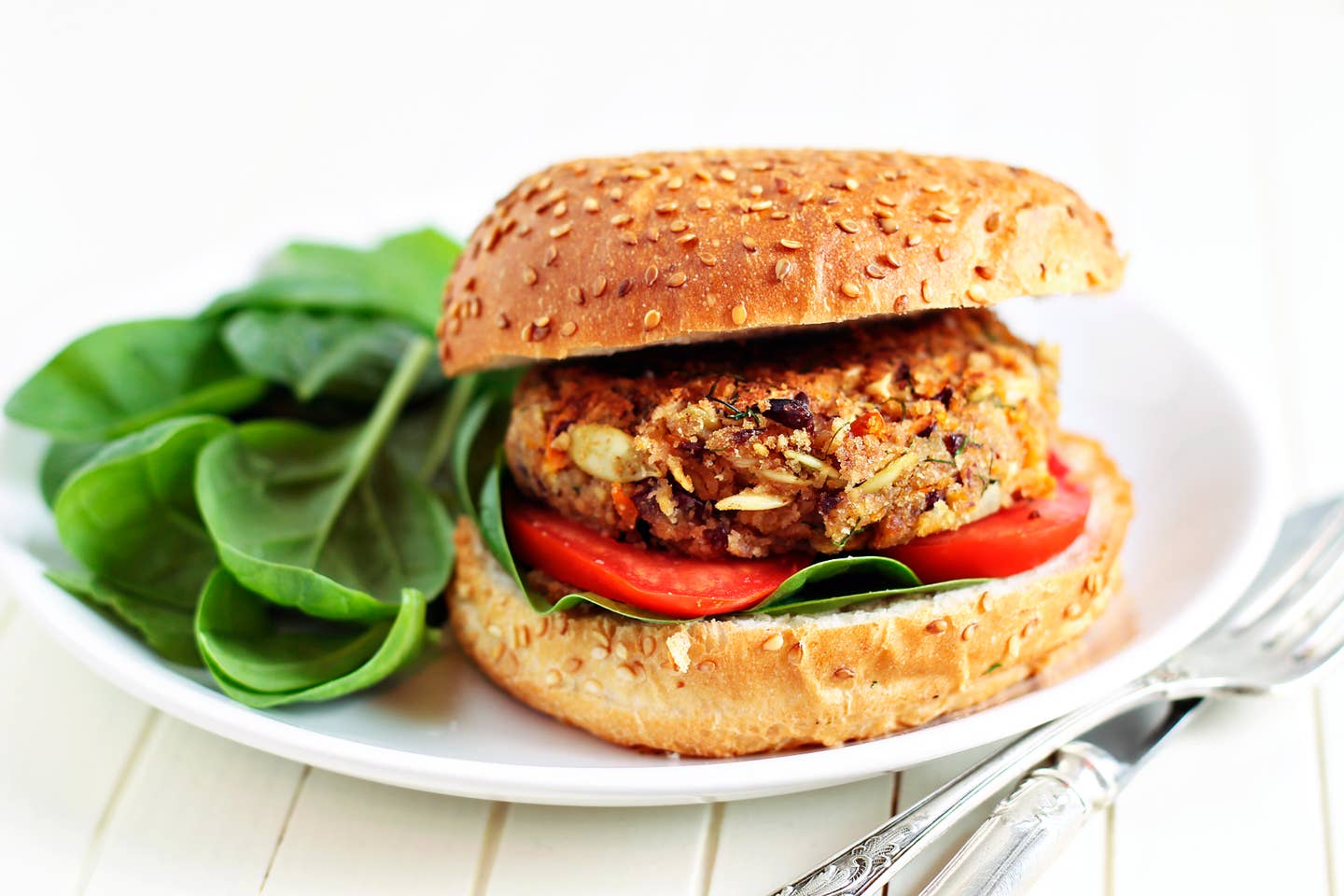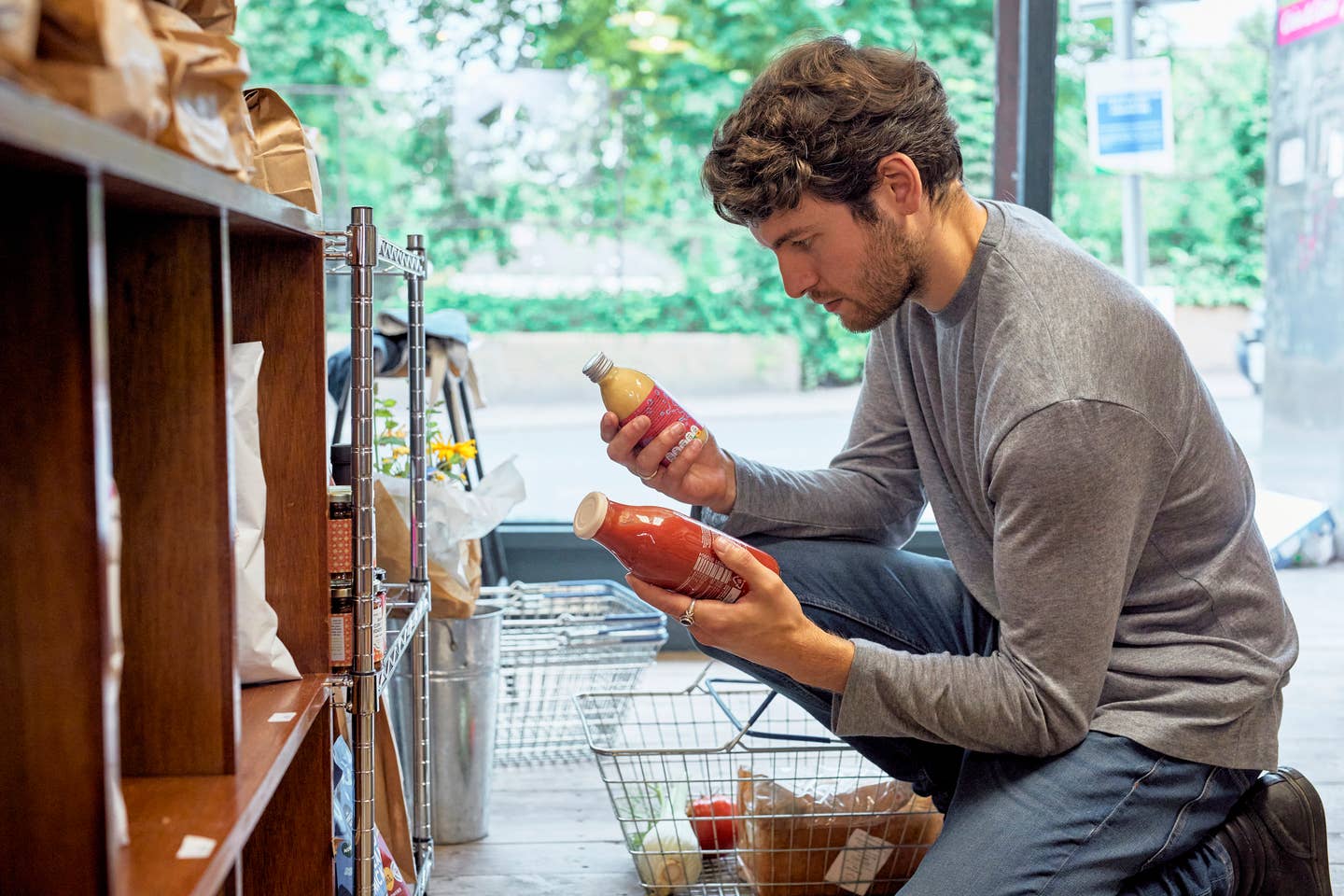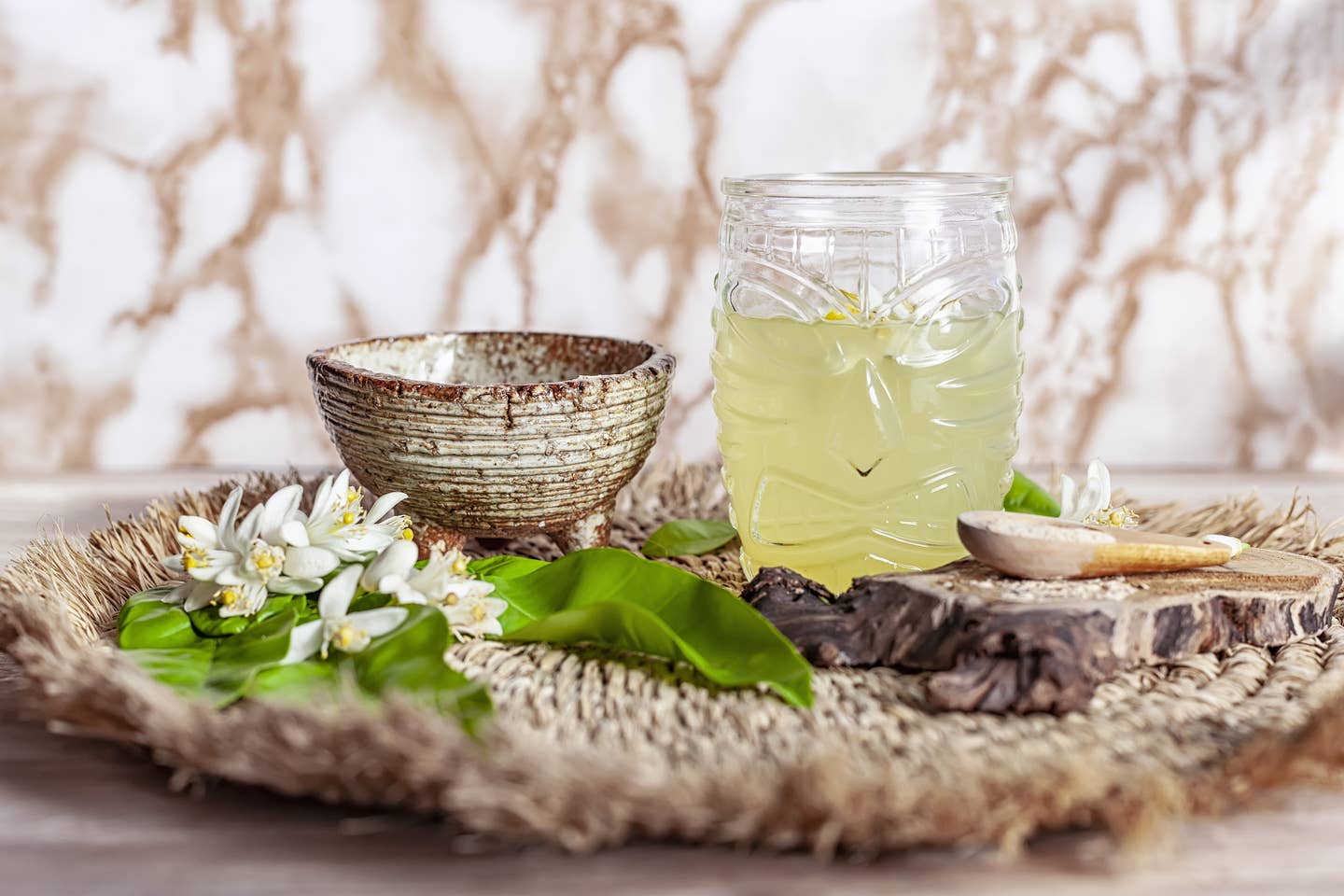
For Better Gut Health, Improved Immunity, and Brighter Skin, Try Baobab
Baobab, the fruit from Africa’s “Tree of Life,” is a powerful food to help you optimize your health and prevent disease. Baobab has been used for thousands of years in traditional African medicine systems, eaten to treat illnesses like diarrhea and smallpox. This superfruit is rich in vitamins and minerals like calcium, potassium, and magnesium, which support the immune system and aid indigestion. In recent years, this superfood has gained popularity as individuals and companies add it to smoothies, açaí bowls, and snack bars.
What is Baobab and where does it come from?
The baobab fruit comes from a tree native to tropical regions in Africa, including South Africa, Botswana, and Mozambique. This tree is known to live for more than 1,500 years, which is why it’s commonly referred to as Africa’s Tree of Life. Native Africans often identify the baobab tree as the monkey-bread tree and have used its fruit and leaves in medicine for centuries. These trees can be found in hot, dry areas and usually produce fruit once or twice a year.
Five Health Benefits of Baobab
Kristen Carli, RD, registered dietitian and founder of Camelback Nutrition & Wellness explained the health benefits of baobab and why it’s considered a nutritional powerhouse, in an exclusive interview with The Beet.
Here are five big benefits of this superfruit that’ll make you want to incorporate it into your diet right away:
1. Baobab is Rich in Antioxidants
Baobab is packed with antioxidants like procyanidins and flavonoids, according to a 2018 study published in Molecules. Antioxidants help decrease free radicals in our body, thus lowering inflammation. Free radicals result in oxidative stress and increase our risk of chronic illnesses like diabetes and heart disease. A study conducted by Brunswick Laboratories found that baobab has greater antioxidants than more than blueberries, pomegranate, goji berries, and acai, making it one of the most nutritious fruits to eat.
2. Baobab Strengthens the Immune System and Prevents Sickness
“Baobab boasts high vitamin C content,” says Carli. 40 grams of baobab pulp has 84 to over 100 percent of the recommended daily intake (RDI) for vitamin C – often said to be higher than an orange or lemon. “In addition, vitamin C improves the absorption of iron from plant-based foods and helps the immune system work properly to protect the body from disease,” the National Institute of Health (NIH) says. It can also relieve cold and flu-like symptoms to help you heal and recover from sickness as vitamin C supports the functioning of white blood cells.
3. Baobab Optimizes Gut Health
There are three things essential for good gut health, according to a 2020 study published in Current Obesity Reports. There’s prebiotics, which helps grow healthy bacteria, probiotics that are the healthy bacteria themselves, and postbiotics – which are the metabolites of the healthy bacteria, the authors of the study note. “The fiber in baobab may act as a prebiotic, providing sustenance to the probiotic bacteria in our gut, which helps maintain a healthy microbiome,” says Carli. One tablespoon of baobab contains 4.5 grams of fiber, 75% of which is prebiotic. Getting prebiotic fiber is not only essential to keep your gut healthy, but also strengthens your immune system and brightens your skin.
4. Baobab May Balance Blood Sugar Levels
Baobab is a sweet fruit that packs a punch of flavor when added to any dish. A 2019 study presented at the 13th European Nutrition Conference found that this fruit can improve certain aspects of cognitive performance and increase circulating blood glucose levels. These results can be explained by Baobab’s high fiber content, as fiber may help slow the absorption of sugar, reducing their conversion into glucose. This is particularly beneficial for individuals with insulin resistance as it helps stabilize blood sugars instead of them going too high or too low.
5. Baobab May Prevent Premature Skin Aging
This superfruit is filled with healthy vitamins and minerals – such as vitamins B, C, and omega-3s, which make it a skin-friendly food. “Baobab contains many antioxidants such as flavonoids and tannins,” says Carli. Many of these antioxidants are found in topical anti-aging skin formulas. The vitamin C in the fruit is also great to protect skin cells, prevent premature skin aging, and help maintain the skin’s elasticity.
How To Use Baobab and Where to Buy It
Baobab is generally sold as a powder to be added to smoothies, salad dressings, açaí bowls, and more. It is also available in oil form, where you can directly apply it to the skin to improve elasticity and prevent wrinkles. The fruit can be used as a low-glycemic sugar substitute for baked goods or desserts. It is a great way to get in your recommended amounts of fiber in addition to other vitamins and minerals. You can also pair it with an iron-rich food, such as cacao or nuts to increase iron absorption.
“Baobab is mostly sold in powder form and is often found in baked goods,” says Carli. You can find baobab powder at your local health food store or online. One brand that stood out to us is Baobab Foods, the world’s leading processor and supplier of organic baobab, as they have baobab powder, superfruit snacks, and baobab oil.
The Top 20 Veggies with the Most Protein
1. Soy Beans
Soybeans are a legume but they are such a great source of protein that we had to lead the veggie list with it. There is more protein in just one ounce of soybeans than a cup of sliced avocado! 1 cup equals Protein - 28.6g Calories - 298 Carbs - 17.1g Fiber - 10.3g Calcium - 175mg
2. Peas
If the pod, that peas are grown in, is split down the middle, that is an indicator they are ripe. Seeds inside the pod vary and can be green, white or yellow. 1 cup equals Protein - 8.6g Calories - 134 Carbs - 25g Fiber - 8.8g Calcium - 43.2 mg
3. Corn
Fresh corn is a great source of energy for those who like to stay active. Protein isn't all that corn has to offer. Corn provides the body with potassium and B vitamins. 1 cup equals Protein - 5.4g Calories - 177 Carbs - 123g Fiber - 4.6g Calcium - 4.9mg
4. Artichoke Hearts
Artichokes are part of the sunflower family. The fiber in artichoke hearts is great for supporting digestion. 1 cup equals Protein - 4.8g Calories - 89 Carbs - 20g Fiber - 14.4g Calcium - 35.2mg
5. Asparagus
If not properly stored, Asparagus tends to go bad quickly, To elongate freshness, put damp paper towels around the stems, or place the entire asparagus bunch in a cup of water (like flowers) to maintain freshness longer. 1 cup equals Protein - 4.4g Calories - 39.6 Carbs - 7.4g Fiber - 3.6g Calcium - 41.4mg
6. Brussel Sprouts
Brussel sprouts have more Vitamin C than an orange. If your Brussel sprouts have a rancid odor that is an indicator you overcooked them. The smell occurs because the sprouts are composed of a great amount of sulforaphane. 1 cup equals Protein - 4g Calories - 56.2 Carbs - 40g Fiber - 4g Calcium - 56.2mg
7. Broccoli
If you are trying to lose weight broccoli is a great addition to your diet because it consists of 90 water and is also high in fiber. 1 cup (chopped) equals Protein - 3.8g Calories - 54.6Carbs - 11.2g Fiber - 5.2g Calcium - 62.4mg
8. Mustard Greens
Mustard greens provide the body with tons of Vitamin A, Vitamin C, Vitamin K and fiber. Adding steamed mustard greens into your diet has been known to lower cholesterol and reduce inflammation. 1 cup equals Protein - 3.2 g Calories - 21 Carbs - 2.9g Fiber - 2.8g Calcium - 104mg
9. Avocado
Avocado is commonly mistaken as a vegetable but it is technically a fruit. This fruit had to be included in our veggie list because it isn't just tasty but super nutritious. Avocados are packed with protein but they are a great source of potassium and fiber. Avocados are a great addition to any salad, sandwich and even smoothie! 1 cup equals Protein - 3.0 g Calories - 240 Carbs - 12.8 g Fiber - 10.1g Calcium - 18 mg
Onions are an unappreciated food hero since they provide 20 percent of your daily Vitamin C and deliver an abundance of antioxidants that can reduce inflammation. 1 cup (chopped) equals Protein - 2.9g Calories - 92.4 Carbs - 21.3g Fiber - 2.9g Calcium - 46.2mg
11. Beets
The entire beetroot is edible including the leaves which contain loads of vitamin A, calcium, iron and potassium. Beetroot is high in sugar but is considered one of the most nutritious veggies used in salads and soups. 1 cup equals Protein - 2.8 g Calories - 74.8 Carbs - 17g Fiber - 3.4g Calcium - 27.2mg
12. Oyster Mushrooms
Oyster mushrooms are commonly seen in Chinese dishes. They grow best in a controlled environment indoors. Oyster mushrooms have so many nutrients to offer besides protein such as iron, calcium, zinc and folic acid. 1 cup (raw and sliced) equals Protein - 2.8g Calories - 37 Carbs - 5.6g Fiber - 2.0g Calcium - 2.6mg
13. Bok Choy
Bok Choy is a member of the mustard family. One of the oldest cultivated vegetables in the world, Bok Choy means "white vegetable” and is a great source of vitamins A, C, B6, K, and E, magnesium, potassium, iron, manganese, and calcium. 1 cup equals Protein - 2.7 g Calories - 20.4 Carbs - 3.1g Fiber - 1.7g Calcium - 158mg
14. Green Beans
Green beans are a great source of vitamins B, C and K, and minerals such as magnesium, iron and manganese. Green beans should be cooked before eating, to destroy lectins. China is the biggest grower of green beans in the world, exporting over 15 million tons a year. 1 cup equals Protein - 1.8 g Calories - 31 Carbs - 7 g Fiber - 2.7 g Calcium - 37 mg
15. Cauliflower
The most nutritious way to consume cauliflower is steamed. Don't get intimidated by orange, purple or green cauliflower. All three types have the same benefits as white cauliflower. 1 cup equals Protein - 2.2g Calories - 28.6 Carbs - 5.4g Fiber - 2.8g Calcium - 19.8mg
16. Turnip
You can eat the entire plant, root and leaves. The turnip root is high in vitamin C and the greens are high in vitamins A, C, E, B6 and K, believed to counter inflammation. Add turnip roots to soup, or mash them. Add them to salads. 1 cup equals Protein - 1.6g Calories - 28.8 Carbs - 6.3g Fiber - 5.0g Calcium - 197mg
17. Alfalfa Sprouts
Alfalfa sprouts might be little but they sure are powerful. Plus they're quick and easy to grow. They are loaded with Vitamin C, Vitamin K, Iron and more. But because they have been known to carry bacteria, make sure to fully cook alfalfa sprouts if you have a fragile immune system or are pregnant. 1 cup equals Protein - 1.3 g Calories - 8 Carbs - 0.7 g Fiber - 0.6 g Calcium - 10.6 mg
18. Tomatoes
Keep your tomatoes fresher for longer by storing them stem down. When exposed to sunlight the Vitamin C in a tomato will diminish. 1 cup equals Protein - 1.3g Calories - 26.8 Carbs - 5.8g Fiber - 1.8g Calcium - 14.9mg
19. Zucchini
Zucchini has an abundance of potassium, even more than a banana! The reason zucchini isn't high in calories is that it is made up of 95% water. 1 cup equals Protein - 1.2g Calories - 28.8 Carbs - 7.1g Fiber - 2.5g Calcium - 23.4 mg
20. Spinach
Spinach is filled with Vitamin A, Vitamin E, Vitamin K, fiber and protein. The best part about spinach is you can sauté it, blend it or eat it raw! Spinach is best grown in rainy and cool weather. 1 cup equals Protein - 0.9g Calories - 6.4 Carbs - 1.0 g Fiber - 0.6g Calcium - 27.7 mg
More From The Beet
